10 Biggest Tech Blockbusters At The Apple Live Launch Event
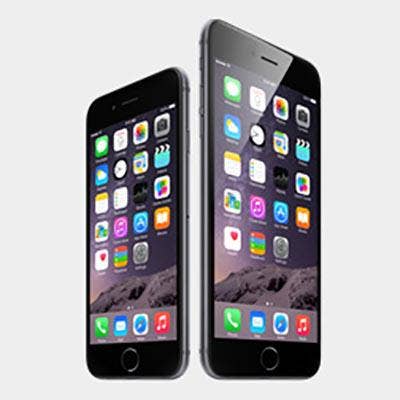
Apple Innovation
Apple not too long ago took criticism for lack of innovation. The last new product the company launched was the iPad under former CEO Steve Jobs in 2010. CEO Tim Cook has taken the brunt of this criticism, since taking the helm in 2011.
Yesterday, Apple answered those critics by introducing the new iPhone 6, iPhone 6 Plus, a new mobile payments platform called Apple Pay, the company's first-ever wearable device called Apple Watch, and iOS8.
So what is different about these products? Are they just a revamp of what already exists? Or does Apple still have that unique touch that made the company what it was under Jobs?
The iPhones are set for shipment Sept. 19, while the Apple Watch will be released early next year. Apple Pay will be available in October.
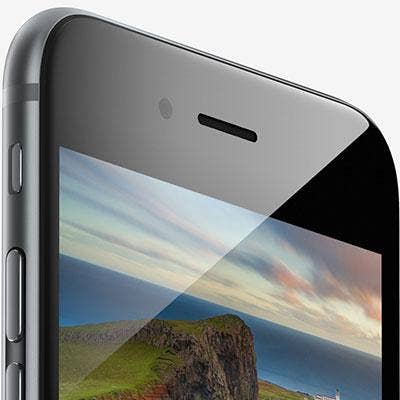
iPhone 6 and iPhone 6 Plus Displays
Apple's launch event Tuesday took the wraps off two iPhones.
The smaller model, the iPhone 6, has a 4.7-inch display (1334 x 750), while the larger iPhone 6 Plus is 5.5 inches (1920 x 1080).
The smaller iPhone 6, isn't small at all, as the display is a half-inch larger than the iPhone 5.
Both screens are made of ion-strengthened glass, and are Apple's HD Retina displays used on other Apple products, such as the MacBook Pro.
Apps on the iPhone take advantage of the larger screens with new horizontal views of apps, including the Apple Messaging app and CNN app as demoed at the event.
Developers can take advantage of the new displays right away and implement it towards their third-party apps that makes the Apple ecosystem so strong.
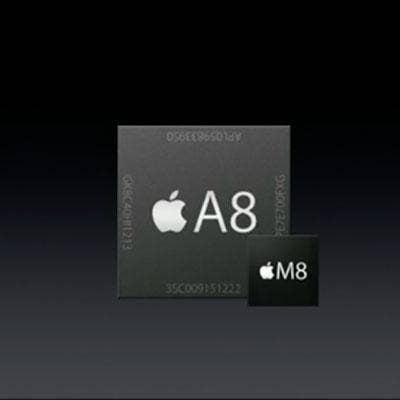
New iPhone 6 Internal Specs
The A8 chip on the iPhone 6 is 50 times faster than the original iPhone, with the graphics processor up to 84 times faster, Apple said.
The chip allows for longer sustained performance. So unlike other devices, the iPhone 6 can work at peak performance without slowing down from overheating.
Apple has scrapped the 32GB models of the iPhone. And offers 16GB, 64GB and 128GB of storage for both models of their new smartphone.
The battery life on the iPhone 6 and iPhone 6 Plus is on par with or better than the battery life of the iPhone 5, despite having more powerful performance and features, the company said. The iPhone 6 Plus has 14 hours of video playback, Apple said.
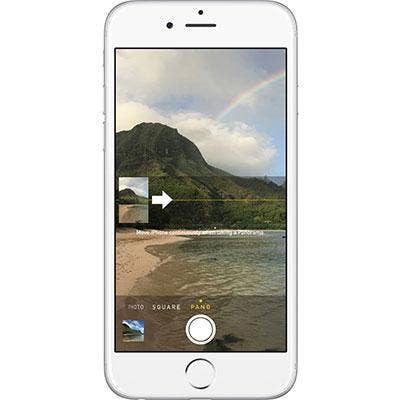
iPhone Camera
Don't be fooled by the iPhone 6 camera having 8MP, the same as the iPhone 5. The camera is far more advanced, Apple said.
The camera is backed by iSight and the new iSight sensor, which features Focus Pixels technology. This allows for better and faster auto-focusing for the camera and more details in images.
It has better facial recognition software, for better focus on portrait pictures. The iPhone 6 Plus contains Optical Image Stabilization software, eliminating blur when taking pictures of moving objects and capturing better images in poor lighting.
Apple says the video camera in both iPhone 6 models doubles the amount of frames per second it can capture and features a high-quality, "slo-mo" video feature.
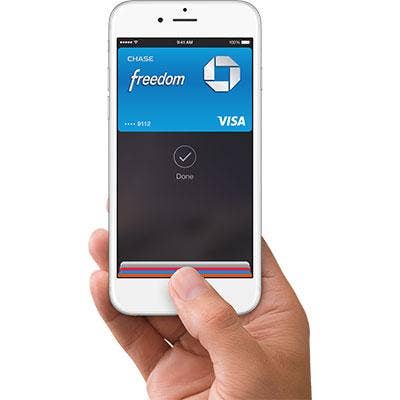
Apple Pay
Apple is working to replace the wallet in your pocket with a digital wallet on your iPhone.
Using Touch ID and near-field communication (NFC) technology, the company is working to revolutionize mobile payments.
With Apple Pay, users can simply pay at supporting retail stores simply by holding their iPhone near the merchant's scanner, while the user holds a finger on the Touch ID sensor.
Apple has partnered with American Express, MasterCard and Visa along with some of the larger retailers in the country. Apple Pay will be found in over 220,000 merchants and retailers from Bloomingdale's to the McDonald's drive-thru. That number is expected to grow quickly, Apple said.
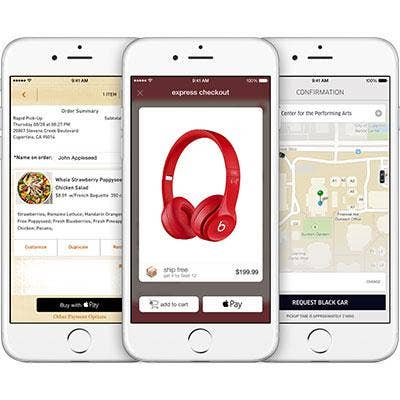
Touch ID Online Payments
Users can currently confirm payments at the iTunes store on the iPhone 5s using Touch ID.
With the iPhone 6, this feature has been expanded to other online retailers. Users can confirm purchases with the touch of a finger. Touch ID allows users to skip the tedious process of entering credit card information and billing addresses on the small screen of a phone by simply touching their finger to the screen to confirm a purchase.
Partners expressed interest in the feature's potential to make mobile banking easier prior to Tuesday's announcement, in addition to having security benefits for the mobile enterprise.
The SDK was released to developers, so Apple expects the feature to grow into third-party applications as well.
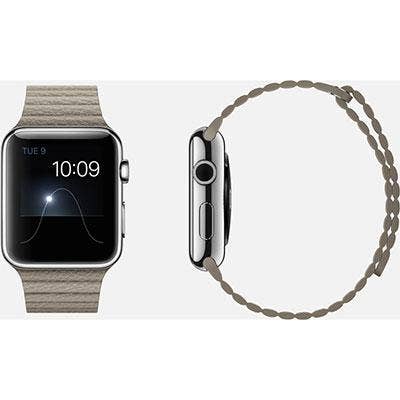
Apple Watch Features
Apple has officially entered the mobile enterprise with the Apple Watch (no, not the iWatch).
It features an accelerometer to track a user's movement, in addition to a GPS with multiple mobile-specific features, including reminding a user what bus stop to get off at, based on location.
The device is not only a high-end fitness band supporting the Activity and Fitness app, it is also an expansion of the iPhone. Any third-party app on your iPhone can send a push notification to the Apple Watch.
The idea is to make a user's life easier. This means a guest at a Starwood Hotels property, for example, will be able to open their room doors just by waving the watch over the door key scanner. Apple Pay is also supported on the Apple Watch. The Apple Watch supports the iPhone 5 or higher.
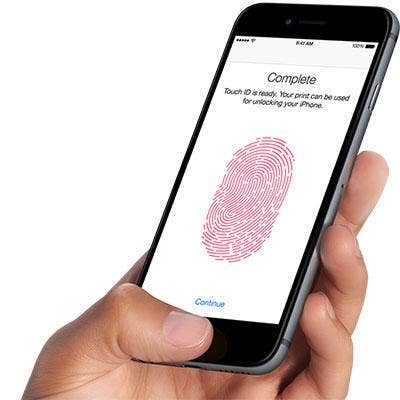
Apple Pay Security
Apple Pay, the company said, is more secure than current methods of card payments, which CEO Tim Cook was quick to point out is decades old.
The company said the mobile payment platform uses one-time payment codes that are encrypted to send payments to merchants.
"Cashiers will no longer see your name, credit card number or security code, helping to reduce the potential for fraud,’ said Eddy Cue, Apple’s senior VP of Internet Software and Services. ’Apple doesn’t collect your purchase history, so we don’t know what you bought, where you bought it or how much you paid for it."
Touch ID also enhances the security of the platform, as only the user's fingerprint can trigger the payment.
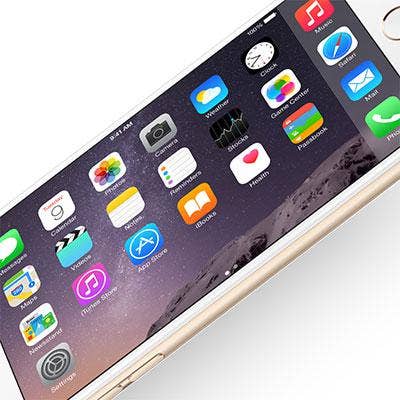
iOS 8 Ecosystem
The new mobile operating system is set for release Sept. 17 and comes standard on the iPhone 6 and iPhone 6 Plus. It will be supported by iPhone, iPad and iPod touch.
The SDK for iOS features over 4,000 APIs that have been released to developers to expand the app ecosystem even further and take advantage of these features in third-party apps.
Apps built from HealthKit, HomeKit and Watch Kit, are important pieces to the future of the app ecosystem of these products.
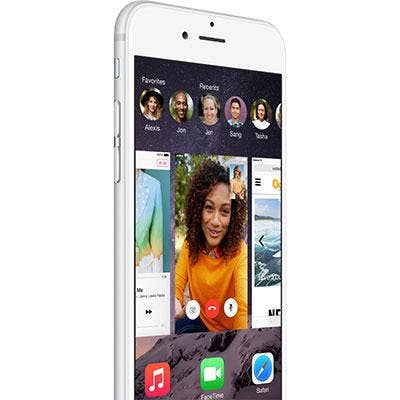
Handoff And Connectivity
The Handoff and Connectivity features on iOS 8 has partners excited.
The features were announced prior to this event, but were highlighted by the introduction of the Apple Watch.
With Handoff, users who are working on a document on their MAC desktop computer can "hand it off" to a mobile device, such as an iPad or MacBook seamlessly. This is true for photos, videos and other files as well.
With connectivity, users can get push notifications from one device to another. Users can also get notifications on their MacBook from their iPhone that's across the house, or notifications to their iPhone from their Apple Watch, for example.
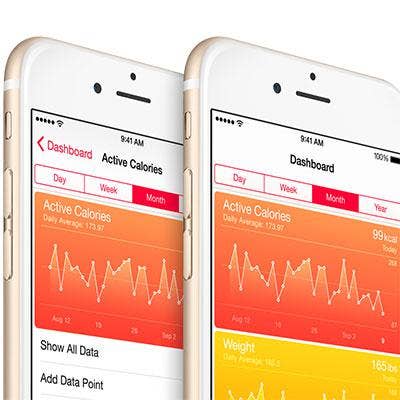
New Features In HealthKit Platform
Apple has emphasized the importance of its focus on health.
With its Activity and Fitness apps, users can chart their movement in HealthKit and set goals for themselves.
Apple has included sensors in the Apple Watch to track calories burned, brisk activity and how often a user stands. The smartwatch has a built-in heart rate sensor and GPS to track movement.
Both iPhone 6 models feature an accelerometer, gyroscope, compass and barometer. Apple calls the addition of the barometer for the latest iPhone a groundbreaking advancement. It can track a user's elevation, allowing HealthKit to chart when someone is running stairs or hills.